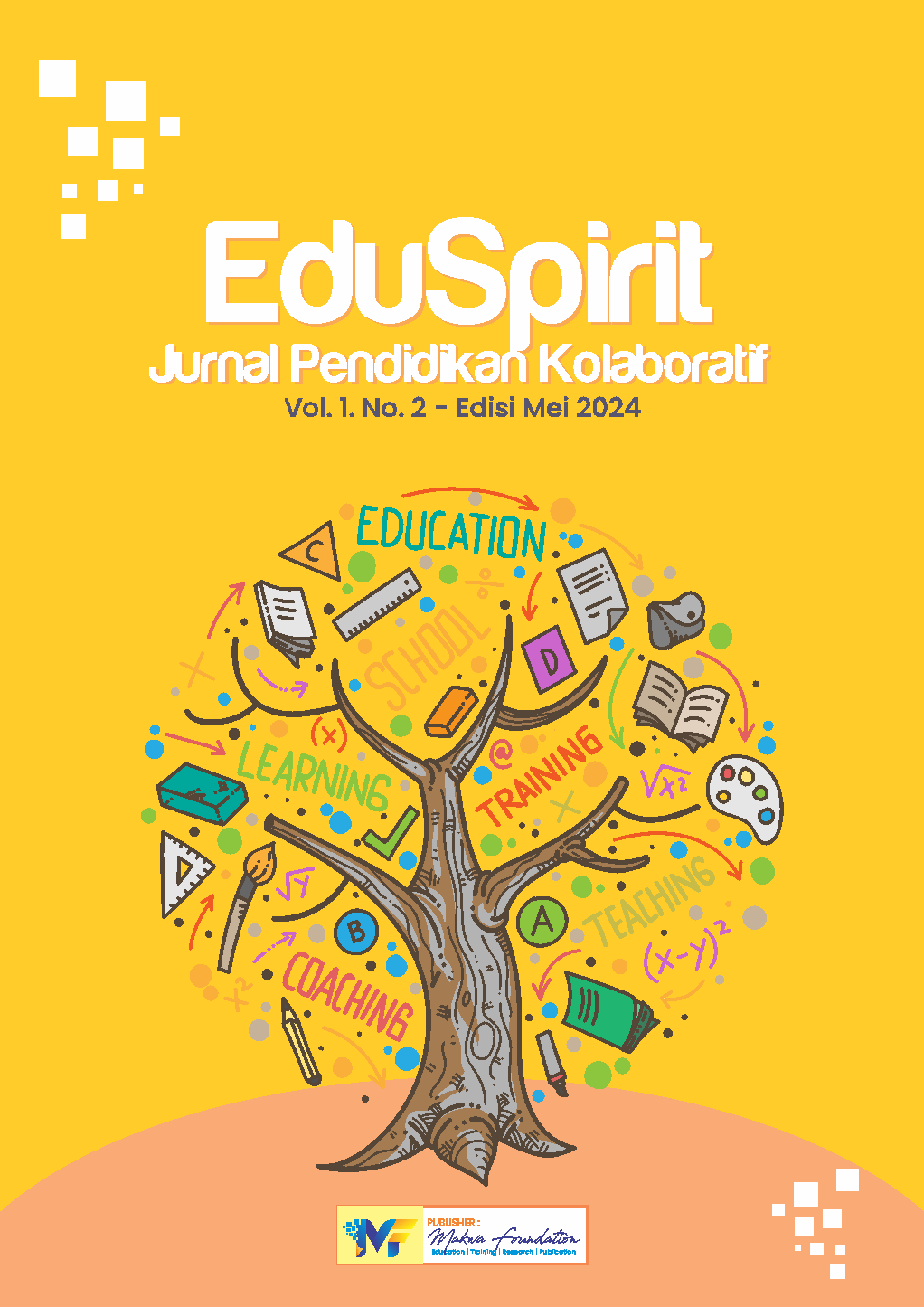Peningkatan Keterampilan Motorik Halus Anak Melalui Metode Bermain Plastisin di RA Ar Rohmah
Keywords:
Keterampilan Motorik, Bermain Plastisin, Pendidikan AnakAbstract
This study aims to analyze the effectiveness of the playdough-playing method in improving fine motor skills in children at RA Ar Rohmah. Fine motor skills are a crucial aspect of early childhood development, influencing daily activities such as writing, drawing, and buttoning clothes. The research employs a classroom action research (CAR) method consisting of several cycles, including planning, implementation, observation, and reflection. Data were collected through observations, interviews, and documentation, then analyzed descriptively. The results indicate a significant improvement in children's fine motor skills after regularly engaging in playdough activities. Children participating in this activity showed enhanced hand-eye coordination, finger muscle strength, and creativity. Additionally, this method positively impacted children's social and emotional aspects, increasing their interaction and self-confidence. This study recommends the widespread implementation of the playdough-playing method in early childhood education as an effective learning strategy.
References
Bandura, A. (1977). Social Learning Theory. Prentice Hall.
Bruner, J. S. (1961). The Process of Education. Harvard University Press.
Deci, E. L., & Ryan, R. M. (1985). Intrinsic Motivation and Self-Determination in Human Behavior. Springer Science & Business Media.
Piaget, J. (1954). The construction of reality in the child. Basic Books.
Schön, D. A. (1983). The Reflective Practitioner: How Professionals Think in Action. Basic Books.
Vygotsky, L. S. (1978). Mind in Society: The Development of Higher Psychological Processes. Harvard University Press.
Vygotsky, L. S. (1986). Thought and Language. MIT Press.
Published
How to Cite
Issue
Section
Citation Check
License

This work is licensed under a Creative Commons Attribution-ShareAlike 4.0 International License.



